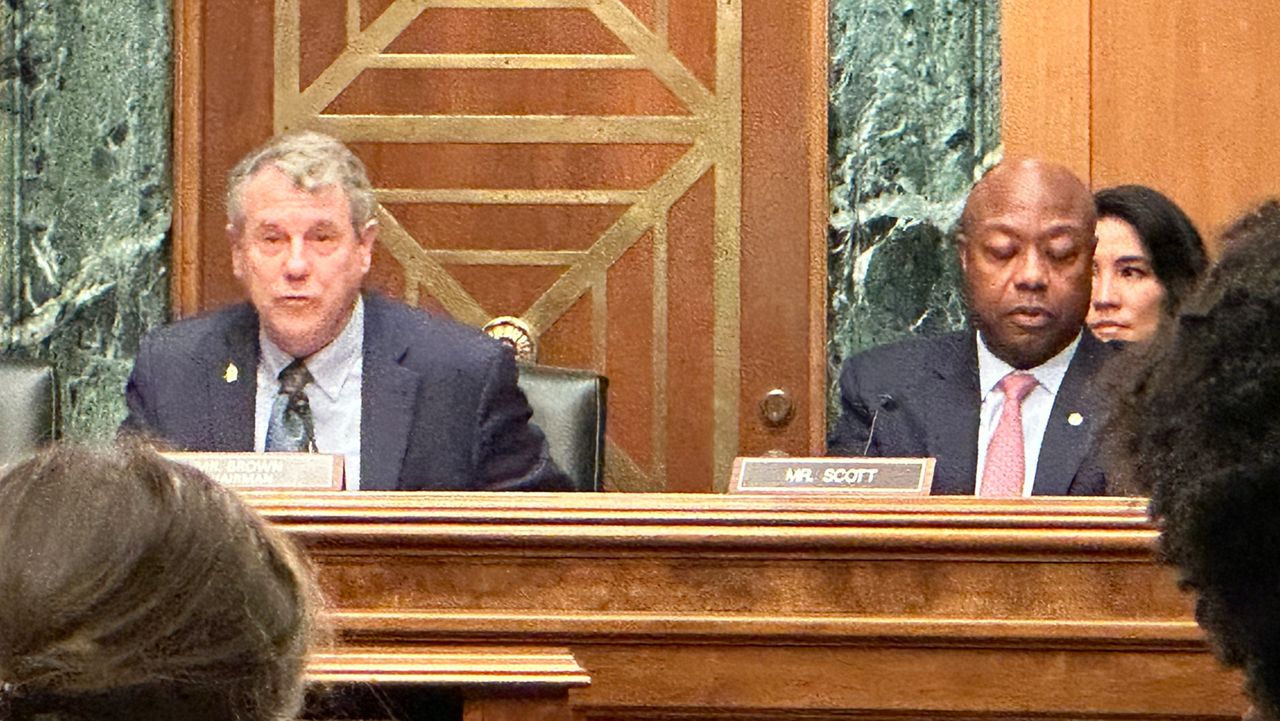COLUMBUS, Ohio — Ohioans United for Reproductive Rights filed a recent lawsuit challenging approved summary language for Ohio’s Reproductive Rights Amendment, also known as Issue 1.
The language approved will be the final language that will be placed on November's ballot. The language will be read by future constituents statewide before casting their vote. Some groups say language could "Make" or "Break" an election.
What You Need To Know
- National research conducted in 2015 by Political Science Professor Vladimir Kogan from Ohio State University indicates ballot language could play a minimum role in influencing the way people decide to vote
- It is a common issue that ballot language could shift some citizen's perceptions, but proponents and opponents play a major role on spreading information
- Kogan said what's happening with the debate over ballot language in Ohio is common across the country
Ohio State University’s Political Science Professor Vladimir Kogan published survey experimental research on ballot language in Political Communication in 2015. They examined the role ballot language plays on how someone votes. What it found is if that ballot language is the only source of information for voters, then the language is critical in steering the individual’s vote. But, if it’s an issue that is subject to heavy campaigning, that tends to trump it.
The research suggests it’s a common issue that ballot language can shift citizen’s perceptions. However, groups also play a role in how a person votes. Kogan said what’s happening in Ohio is very similar to other states when it comes down to ballot language. He said their experiment looked at California regarding controversial ballot language. Showing one half approved ballot language that could be misleading, and the other half another proposal.
The research ultimately found if people were only presented the ballot language, it steered them to vote a certain way. However, they found what plays a major role is the information presented by proponents and opponents.
“Once you’re exposed to other sources of information, including what they’re getting from advertising, campaign and social media,” Kogan said. “Then, the impact of the ballot wording itself is much smaller, potentially, maybe even nonexistent.”
Gabriel Mann, the Spokesperson for Ohioans United for Reproductive Rights, said it’s the Ohio Ballot Board’s responsibility to craft language that won’t confuse voters. Mann says their group will start their education efforts.
“We’re going to be out there knocking on doors,” Mann said. “Calling folks in phone banks, texting them, using social media to get the word out about the real language that protects abortion rights, and reproductive freedom in the state of Ohio.”
Ohio Right to Life President Mike Gonidakis said he agrees with the Ohio Ballot Board’s decision to simplify Issue 1’s language. But, they will also continue their education effort.
“I have yet to meet a voting Ohioan that says, ‘Well, let me read the actual language before I make up my mind.’ They’re going to see our commercials,” Gonidakis said. “Our debates, our advocacy, and they are going to make up their mind and go and vote.”
Meanwhile, Capital University law professor Dan Kobil said the ruling of the lawsuit could be important to steer voters in a particular direction when it comes down to a vote.
“Honestly, I think that the existence of a lawsuit is not going to make a big difference to the public,” Kobil said. “I think the outcome of the lawsuit very well could.”










